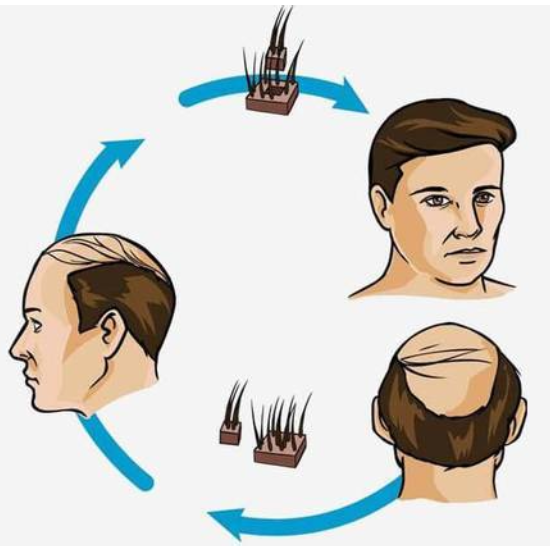The concept of rhinoplasty in our societies is very short. What is common is the nasal reduction operations, which are often considered a luxury, and this is only one of the simplest kinds of such operations. whereas some types of rhinoplasty may be a therapeutic need in some cases.
What is rhinoplasty?
Rhinoplasty is the process of modifying the shape and structure of the nose.
It is made primarily for aesthetic purposes, which is to increase harmony and consistency between the nose and other facial features. However, it is often executed for the purpose of treating respiratory problems and disorders, such as nasal obstruction resulting from deformation or structural defects in the nose and exposure to certain accidents.
TYPES OF RHINOPLASTY
- Nose Reduction surgery: This type of surgery may include specific areas such as the bunion, bridge of the nose or the width of the nose.
- Nose Augmentation surgery: This type of surgery is often curative, and may be the result of a deformity or incomplete growth of the nose, or after the surgical removal of part of the nose.
- Ethnic plastic surgeries: which are spread in certain races, characterized by the shapes and edges of the nose, such as the peoples of the Middle East or the peoples of the Mediterranean regions.
- Plastic surgery as a result of accidents: It takes place within a period of one week to ten days after an accident that caused the destruction of some of the nasal bones and cartilage.
Stages of rhinolplasty
- Anesthesia: Anesthesia can be complete or partial or local as determined by the physician. The process begins, either through an incision in the nose or without the use of that incision.
- Remodeling the nose: When removing a little cartilage and bone, a cartilage transplant may be necessary.
- Correct the shape of the nasal septum: In case of deviation,then the surgical incision is closed if used and a splint is placed for the nose, then the recovery phase starts.
BEFORE RHINOPLASTY
- Three weeks prior to surgery, certain lab tests and an electrocardiogram should be performed.
- Patients should refrain from taking any type of medication two weeks before surgery and among these medications are some analgesics such as aspirin and drugs that contain ibuprofen.
- Patient needs to quit smoking or nicotine use.They should also refrain from taking vitamin E and begin taking vitamin C daily in amounts of at least 1000 mg per day.
- Do not consume alcohol before and after surgery.If you have a general anesthetic during surgery, you should refrain from eating or drinking for at least 8 hours prior to surgery.
POST OPERATION
- The patient may be discharged the next day after rhinoplasty, and sometimes the same day.
- It is imperative to follow the doctor's instructions after surgery to ensure quick and healthy healing.
- After surgery, the shape of the nose begins to change gradually as the swelling is removed.
- The nose reaches its definitive form within 2 to 12 weeks.
- After rhinoplasty, the patient adheres to the same instructions that are adhered to after all surgeries.
- He should not eat food until confirmation of bowel movements, and try to move around home as much as possible to avoid clots.
- Avoid strenuous exercises for at least three weeks following surgery.
The nasal splint should also remain dry for the first week after surgery until it is removed.It should not be exposed to direct sunlight within weeks of the operation until recovery is complete.





